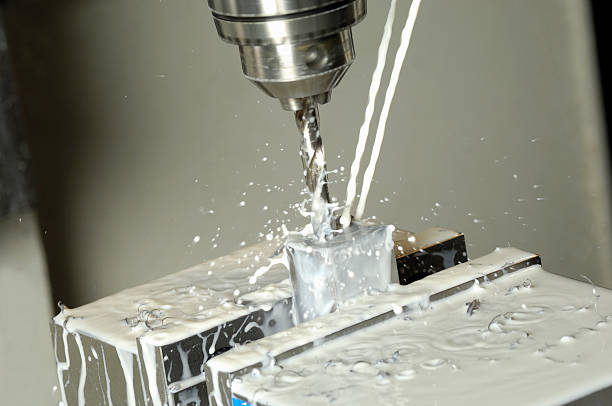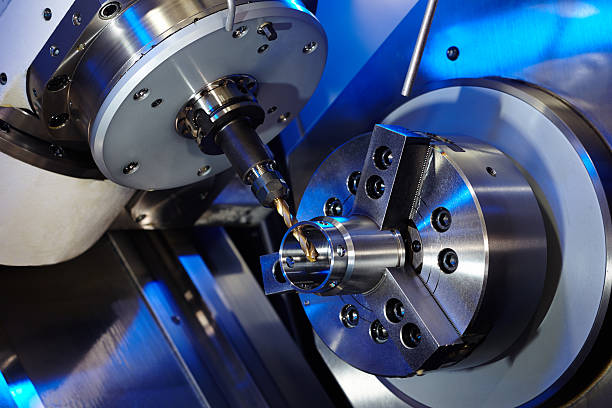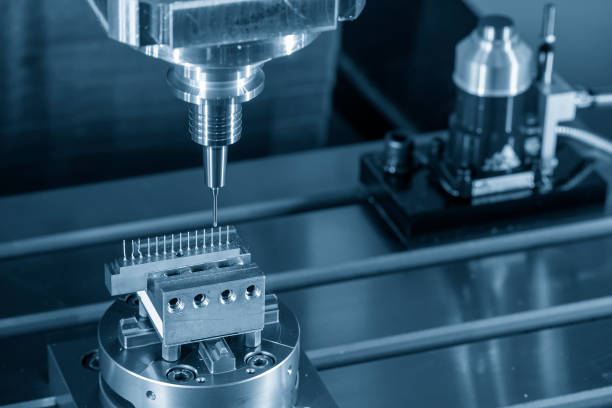Tungsten carbide burs have become increasingly popular in milling machines because of their superior durability and high cutting capacity. In comparison to other materials, such as steel or diamond, tungsten carbide burs offer several benefits that make them the ideal choice for a wide range of milling projects.

Advantages of Tungsten Carbide Burs
One of the main advantages of tungsten carbide burs is their exceptional hardness and resistance to wear and tear. They can withstand high temperatures and pressures without becoming dull or losing their cutting edge, which makes them perfect for milling hard materials such as metal, ceramics, and composites. Additionally, they offer a longer lifespan compared to other materials, which translates to cost savings in the long run.
Another advantage of tungsten carbide burs is their versatility, as they come in a variety of shapes and sizes, making them suitable for a wide range of milling applications. However, choosing the right tungsten carbide bur for your specific project is crucial for achieving optimal results.
Choosing the Right Tungsten Carbide Bur
When choosing a tungsten carbide bur, several factors should be considered, including the type of material being milled, the size and shape of the bur, and the desired finish of the final product. For example, a bur with a large head diameter and long cutting length may be suitable for rough milling, while a bur with a smaller head diameter and shorter cutting length may be better suited for finishing work.
Maintenance and Care of Tungsten Carbide Burs
Proper maintenance and care of tungsten carbide burs are also essential for extending their lifespan and ensuring optimal performance. One tip is to clean them regularly with a soft brush and a mild detergent to remove any debris or buildup. It's also important to store them correctly, away from moisture and other corrosive elements.
Impact of Head Shapes and Angles on Performance
Different head shapes and angles can also impact the performance of tungsten carbide burs on milling machines.

A conical bur has a pointed tip that makes it ideal for drilling or creating small, precise holes.
A cylindrical bur has a straight, cylindrical shape that makes it ideal for contouring or shaping.
A ball bur has a rounded tip that makes it ideal for creating curved or rounded shapes.
A flame bur has a tapered, flame-like shape that makes it ideal for creating concave or convex shapes.
An inverted cone bur has a tapered shape with the wider end at the tip, making it ideal for creating undercuts or accessing hard-to-reach areas.
A tree bur has a tapered shape with multiple flutes, making it ideal for removing material quickly and efficiently.
A needle bur has a long, thin shape that makes it ideal for detailed engraving or carving.
By selecting the right head shape, you can achieve optimal results and extend the lifespan of your burs.
Common Mistakes to Avoid
Despite their many benefits, there are also common mistakes to avoid when using tungsten carbide burs on milling machines. One common mistake is using too much pressure, which can cause the bur to become dull or break. Another mistake is using a dull or damaged bur, which can result in poor quality cuts or damage to the milling machine.
Optimizing the Performance of Tungsten Carbide Burs
To optimize the performance of tungsten carbide burs on milling machines, it's important to use high-quality burs and to follow proper milling techniques. This means using the correct speed and feed rates, as well as ensuring that the milling machine is properly calibrated and maintained.
Future of Tungsten Carbide Burs for Milling Machines
Looking ahead, the future of tungsten carbide burs for milling machines looks promising, with potential advancements in their technology to enhance their performance and efficiency. For example, diamond-coated tungsten carbide burs may offer even greater cutting capacity and precision.

Conclusion
In conclusion, tungsten carbide burs are a superior choice for milling machines due to their durability, versatility, and high cutting capacity. By choosing the right bur, properly maintaining and caring for them, and following proper milling techniques, you can achieve optimal results and extend the lifespan of your burs. With continued advancements in their technology, tungsten carbide burs for milling machines are sure to remain a popular choice for a wide range of milling applications.



